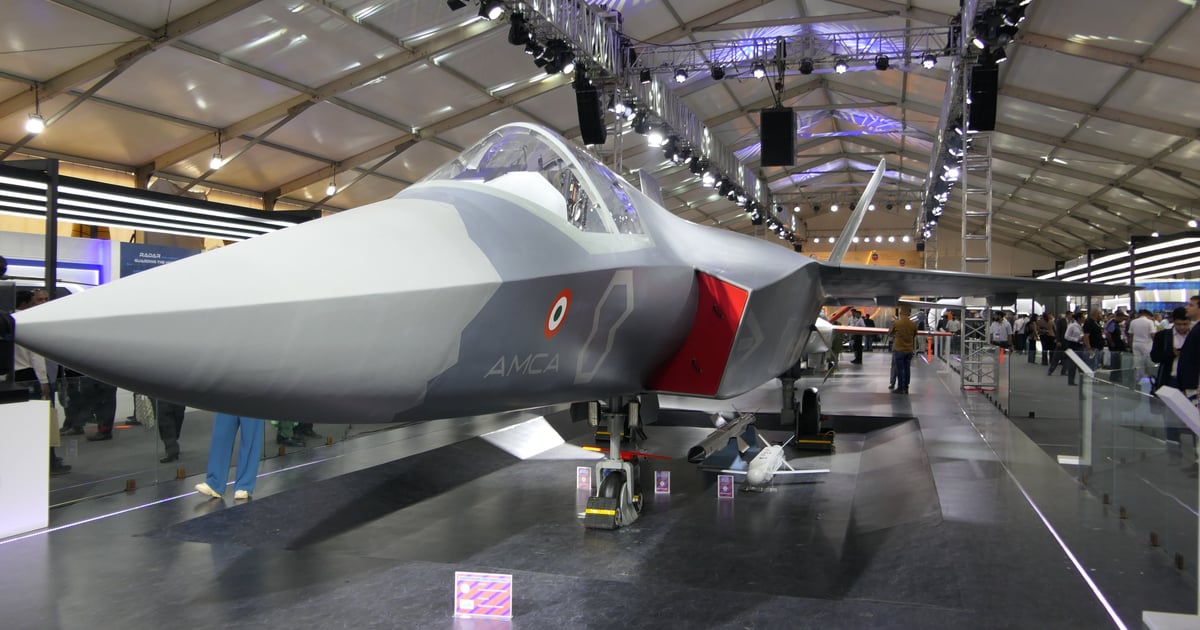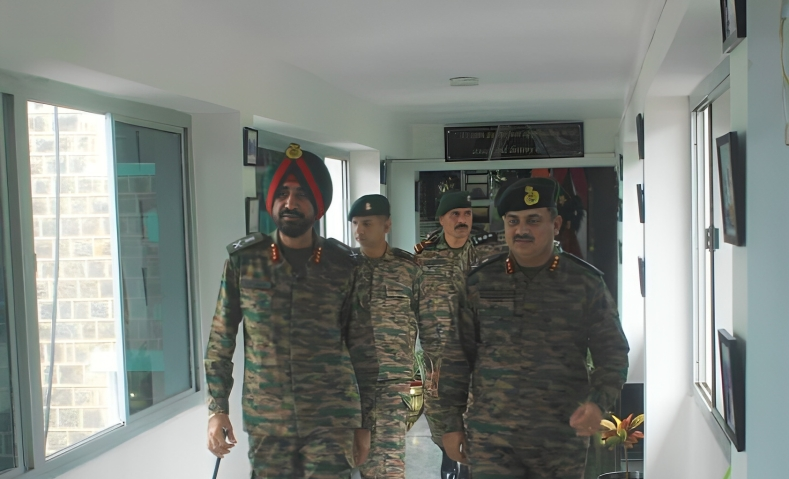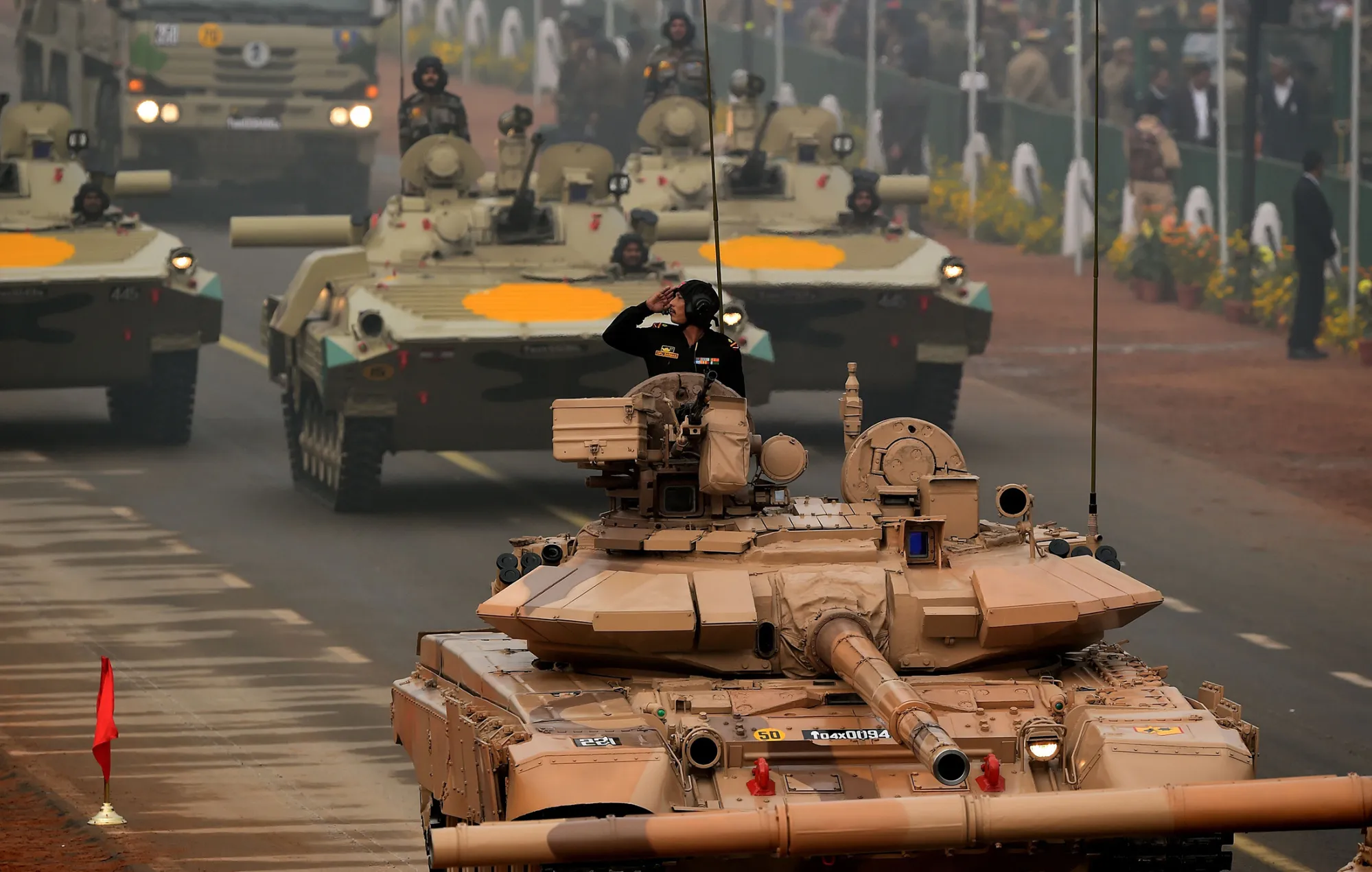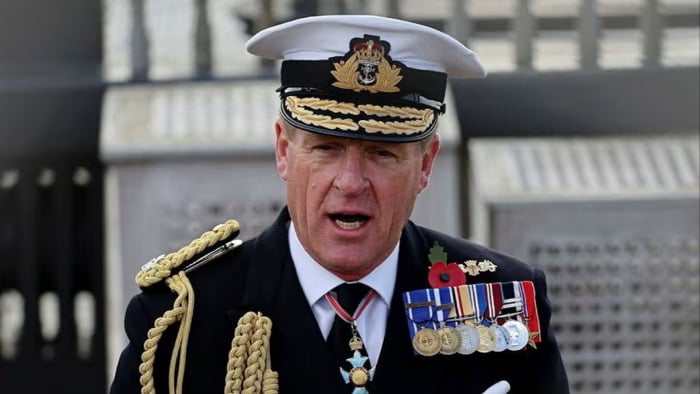Private Firms Raise Concerns Over HAL’s Advantage Ahead of Key AMCA Bid Meeting
Just ahead of a crucial pre-Expression of Interest (EOI) meeting scheduled for Friday, private aerospace firms have raised concerns that…
Lt Gen Prit Pal Singh Assesses Combat Preparedness of Army’s Shahbaaz Division
Lieutenant General Prit Pal Singh, General Officer Commanding of the Sudarshan Chakra Corps, conducted a detailed inspection of operational readiness…
Pakistan Hockey Team Set to Visit India for Asia Cup: Sports Ministry Source
The Pakistan men's hockey teams will be allowed to travel to India for next month's Asia Cup and the Junior…
Bilawal Bhutto Mocked Online for ‘Surrender Not in Pakistan’s Dictionary’ Remark
Pakistan People’s Party (PPP) chairman Bilawal Bhutto Zardari’s recent declaration that “surrender is not a word found in Pakistan’s dictionary”…
Defence Acquisition Council Approves ₹1.05 Lakh Crore Worth of Indigenous Military Acquisitions
The Defence Acquisition Council (DAC), chaired by Defence Minister Rajnath Singh, has approved Acceptance of Necessity (AoN) for 10 capital…
Former UK Navy Chief Admiral Sir Ben Key Sacked Over Misconduct After Investigation
Former Admiral Sir Ben Key, the erstwhile head of the Royal Navy, has been formally dismissed from service following an…






